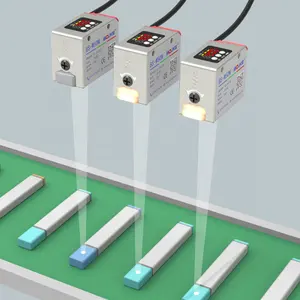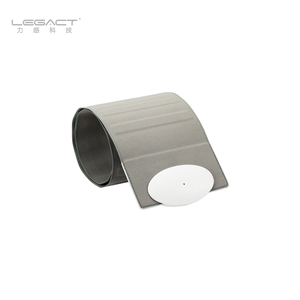Understanding Ambient Light Sensors
Ambient light sensors are integral components in modern electronics, enabling devices to respond to varying light conditions. These sensors are adept at detecting and measuring light intensity, which allows for the automatic adjustment of display brightness in devices like mobile phones and monitors, enhancing user comfort and conserving battery life. The ambient light sensor in mobile phones is a prime example of this technology's application, ensuring optimal screen visibility without manual adjustment.
Types and Applications
The versatility of ambient light sensors is evident in their wide range of types and applications. From simple ambient light detection in consumer electronics to complex systems like philips hue ambient light, which creates immersive entertainment experiences, these sensors are ubiquitous. In automotive applications, ambient light for car dashboards and cabin lighting is crucial for driver safety and comfort. In commercial settings, ceiling ambient light sensors contribute to energy-efficient lighting solutions by adjusting output based on natural light availability.
Features and Materials
Ambient light sensors come in various forms, including photodiodes, phototransistors, and integrated circuits like the apds 9960 and bh1750fvi, each with unique characteristics suited to specific needs. Materials used in these sensors, such as silicon, are selected for their photosensitivity and durability. The veml7700 is a notable sensor that offers high sensitivity and a wide detection range, making it suitable for both indoor and outdoor lighting applications.
Advantages of Ambient Light Sensors
The adoption of ambient light sensors in electronics offers numerous advantages. They play a critical role in creating ambient light for room environments, contributing to comfort and energy savings. In the realm of mobile devices, the mobile light sensor extends battery life by adjusting screen brightness in real-time. For professional settings, monitor ambient light sensors are essential for graphic designers and video editors who require consistent lighting for color accuracy.
Innovations and Future Outlook
Innovation in ambient light sensor technology is ongoing, with new applications emerging in various fields. The integration of ambient light sensors in smart home systems, for example, is enhancing the capabilities of ambient sensor light automation. As the demand for smarter, more energy-efficient, and user-responsive electronics grows, the role of ambient light sensors becomes increasingly significant, shaping the future of technology in numerous industries.
Conclusion
Ambient light sensors are a testament to the advancements in environmental sensing technology. With their ability to adapt to the lighting needs of different settings, they are essential for the development of responsive and energy-efficient electronic systems. As the market for these sensors expands, their applications will continue to evolve, further integrating into the fabric of our daily lives.












































 浙公网安备 33010002000092号
浙公网安备 33010002000092号 浙B2-20120091-4
浙B2-20120091-4